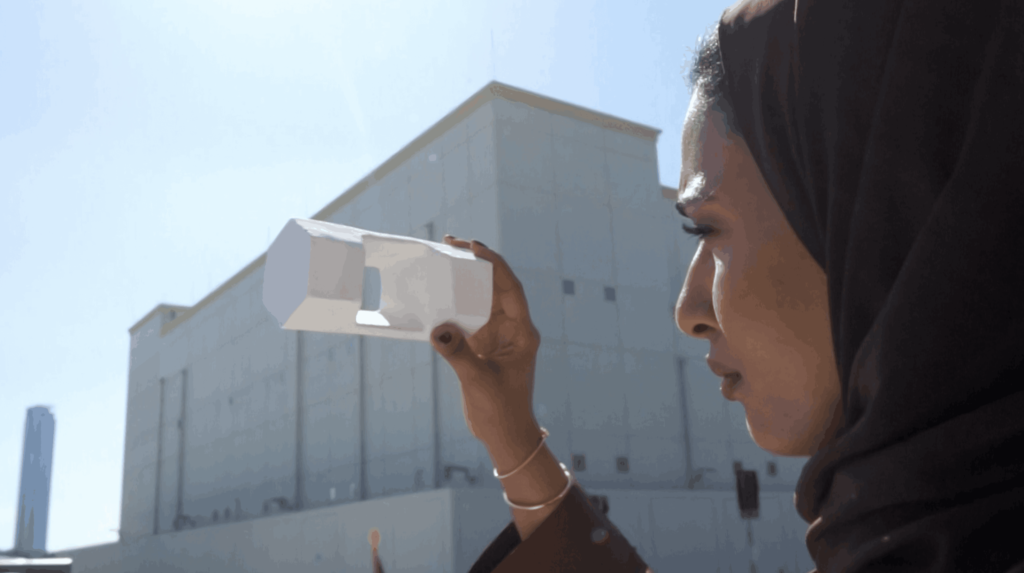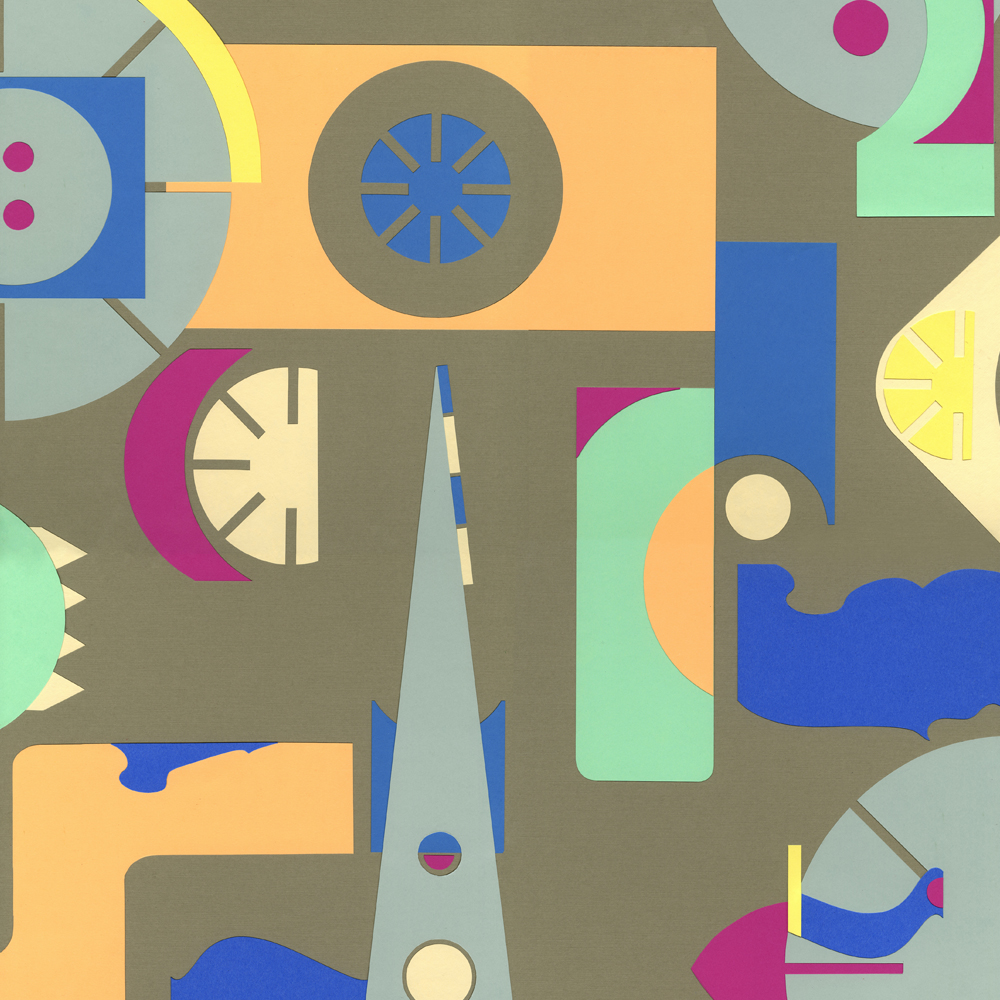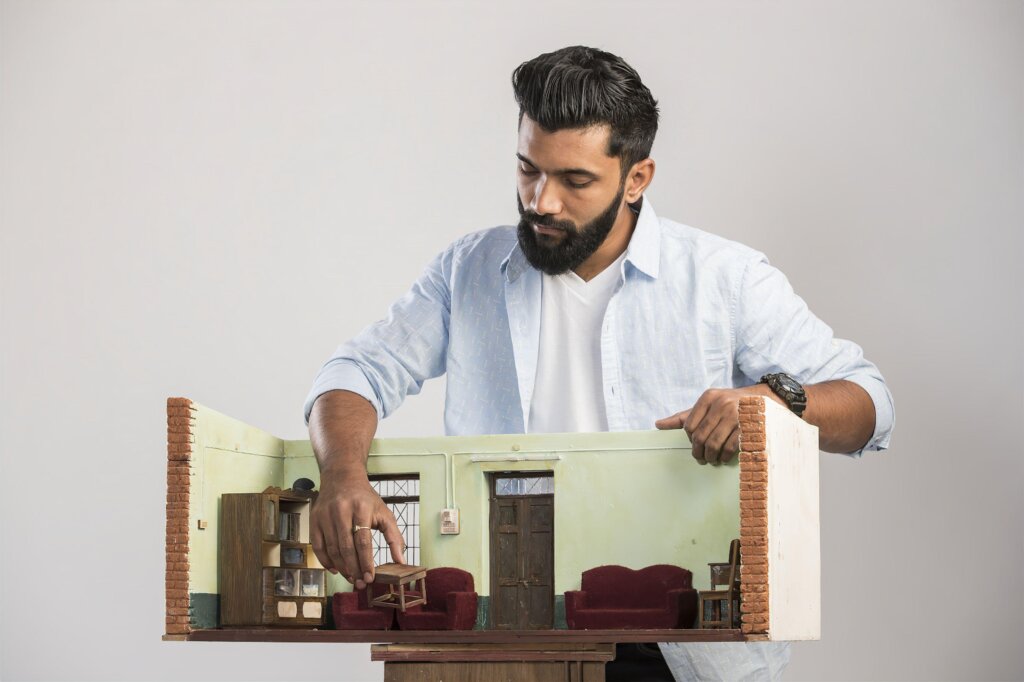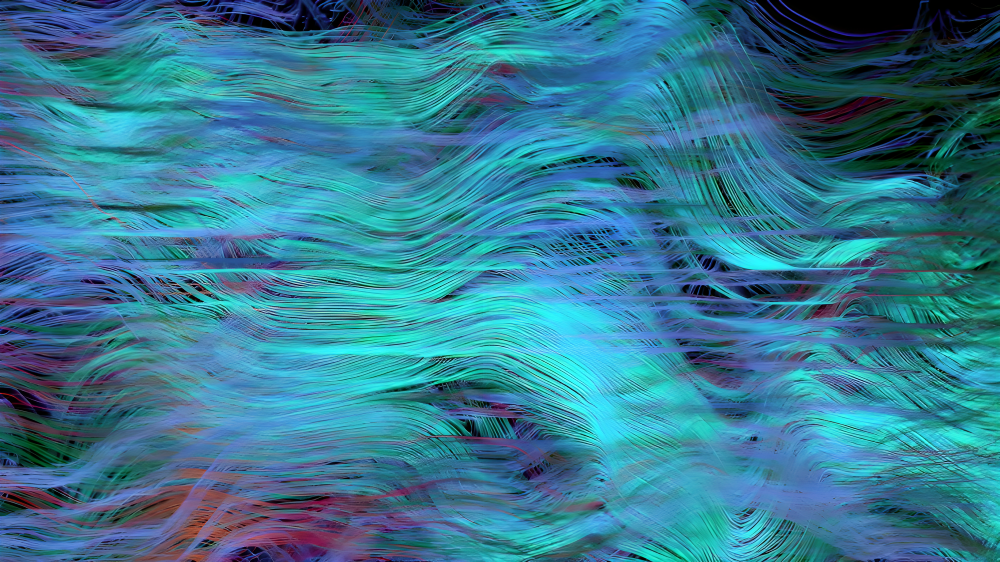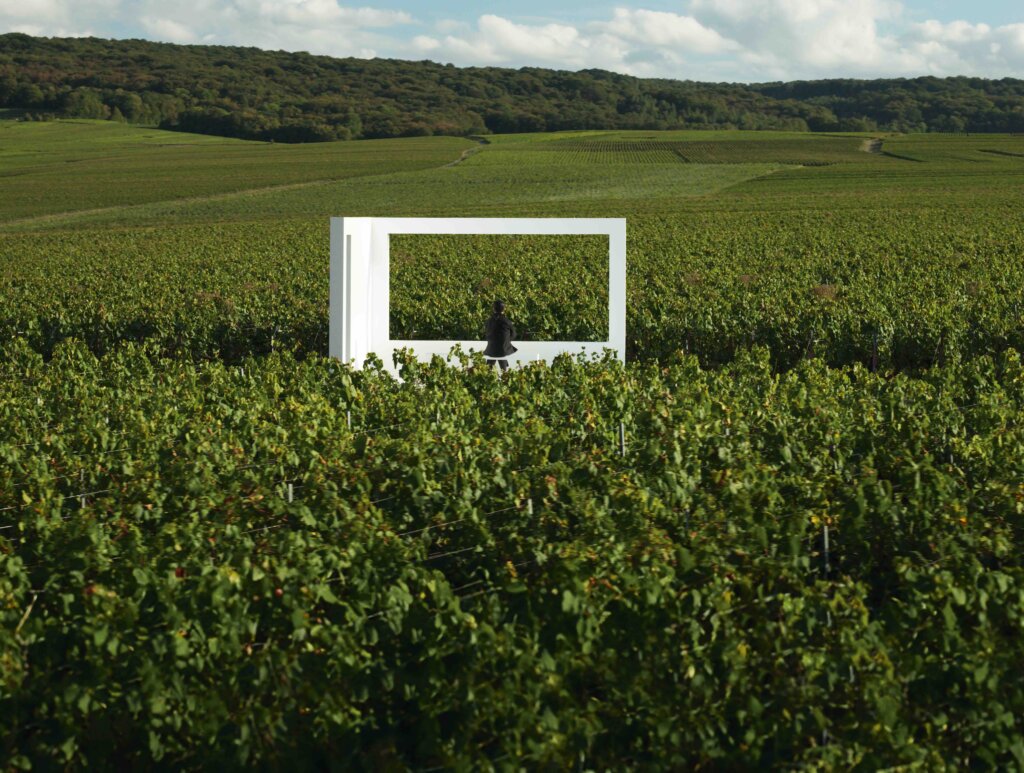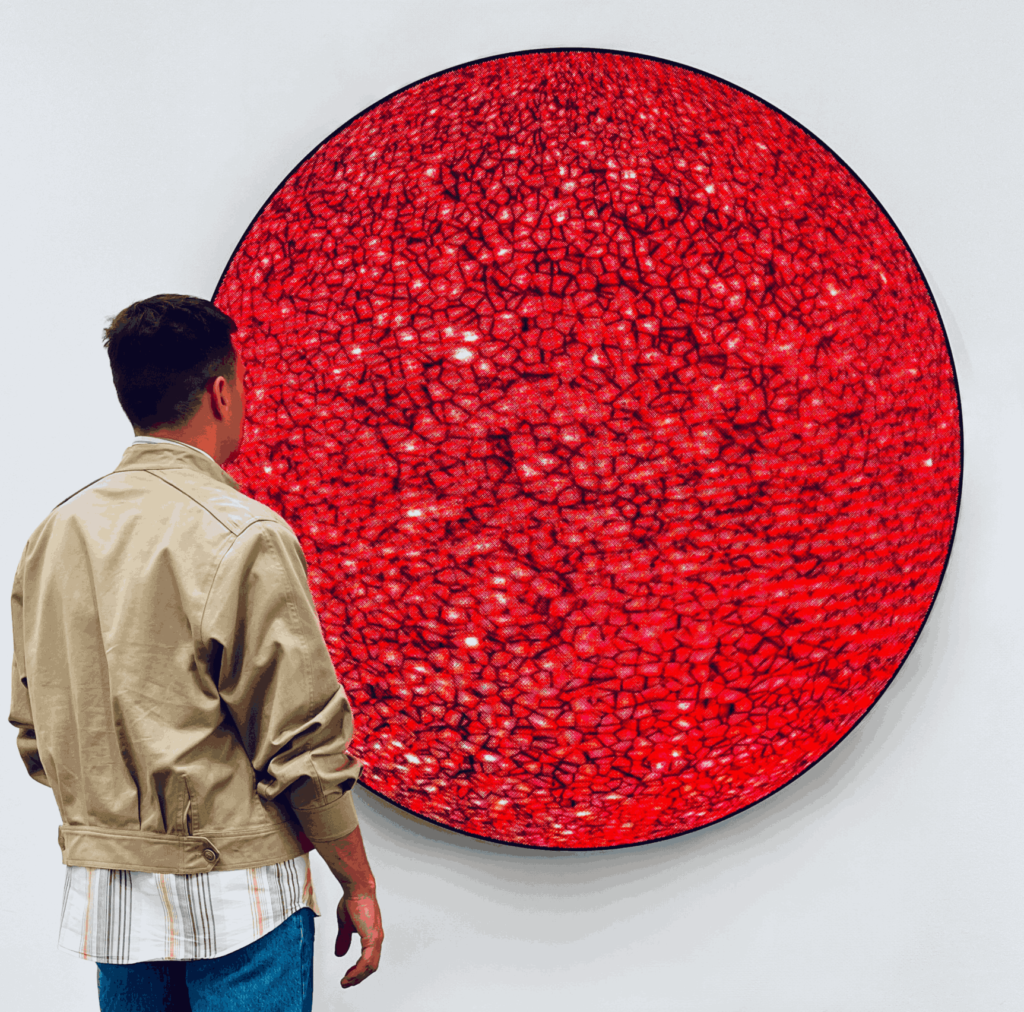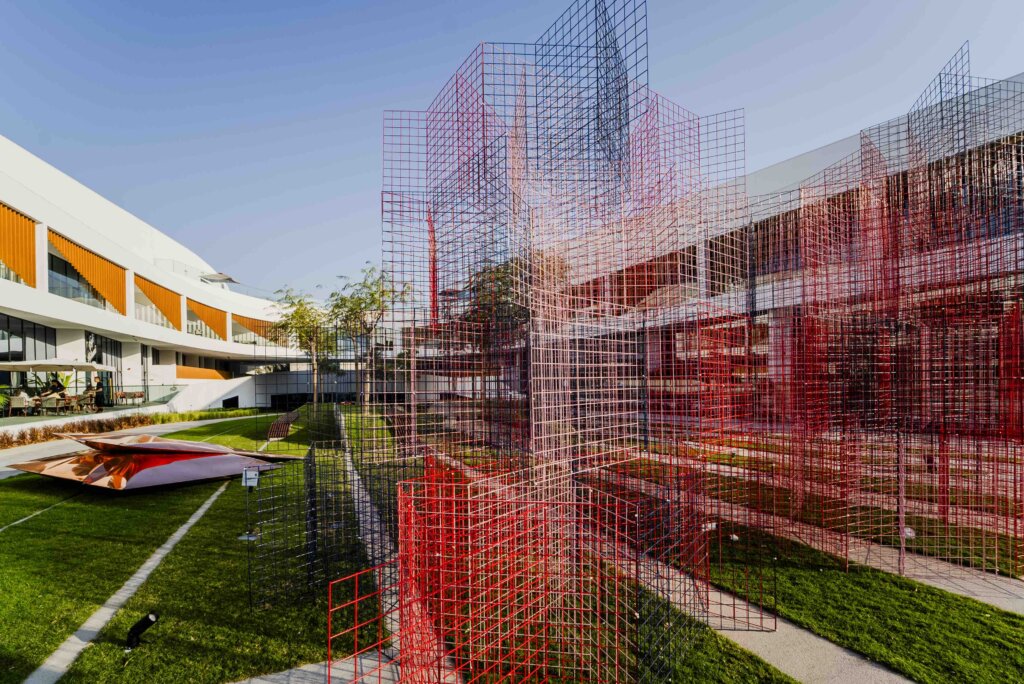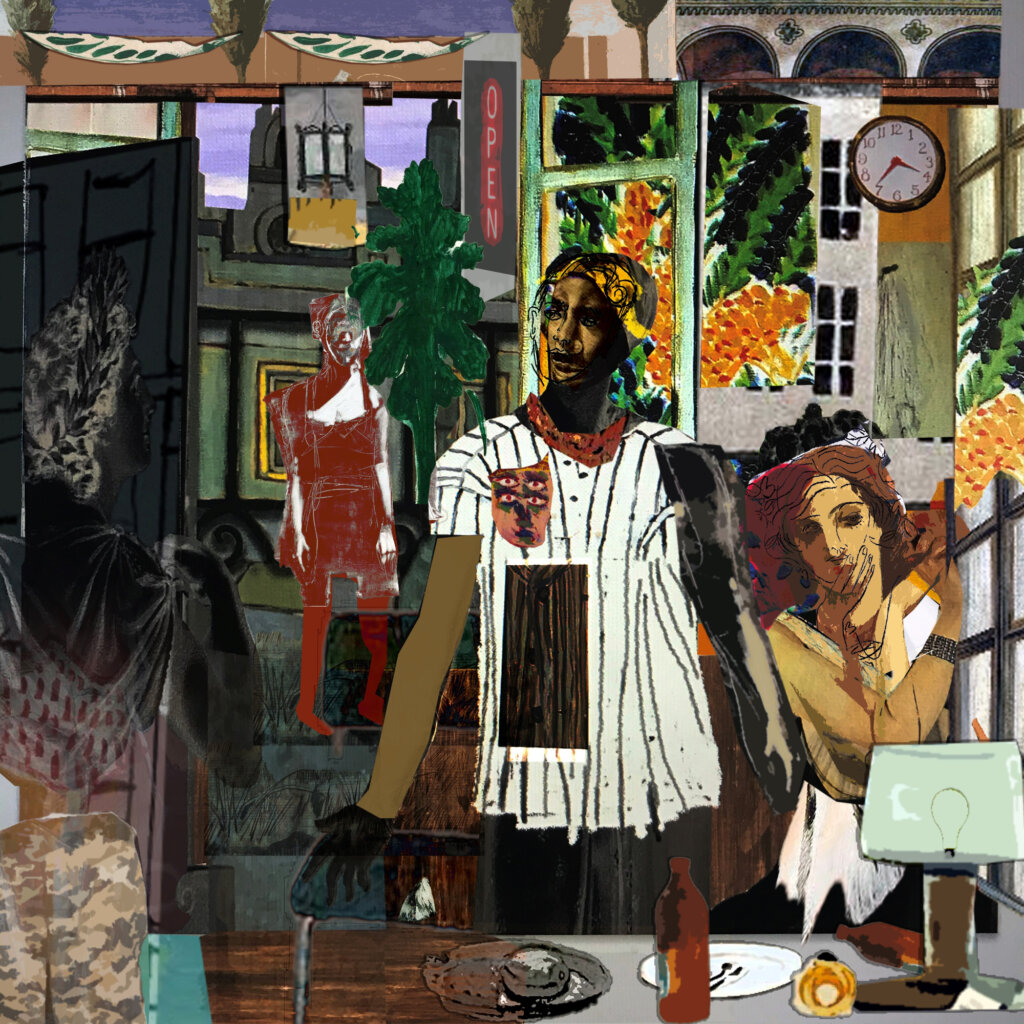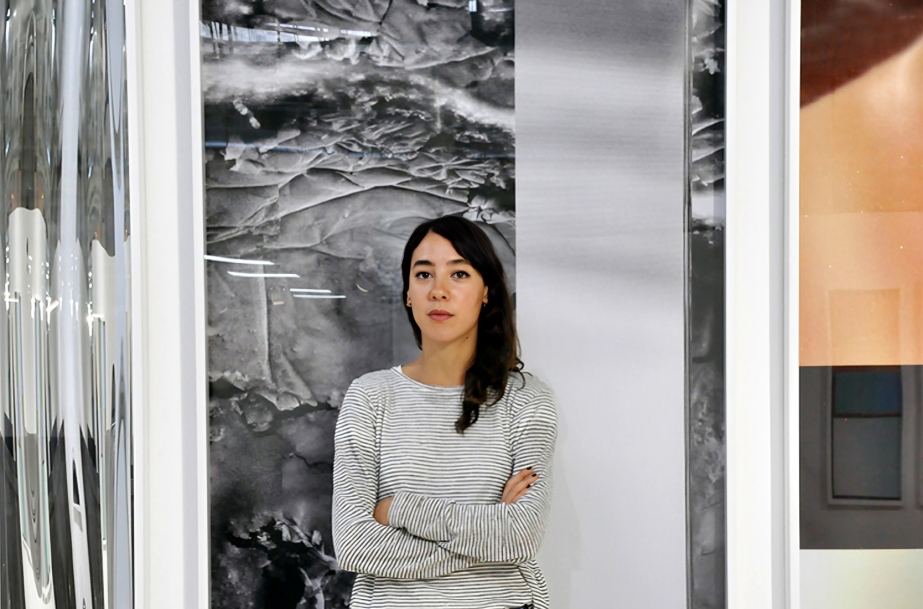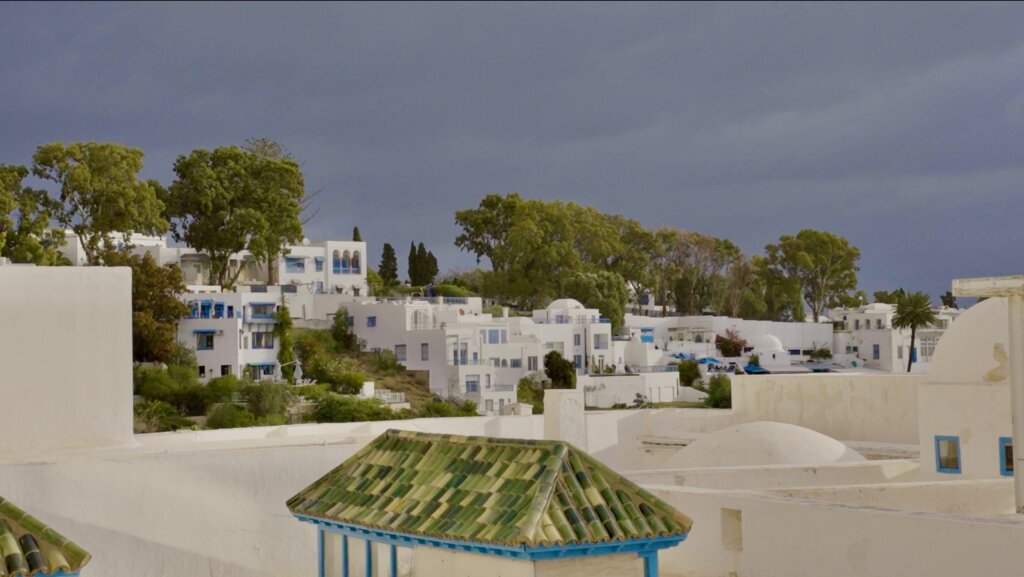The Abraaj Group Art Prize will celebrate its 10th anniversary at Art Dubai 2018. To mark the occasion, Art Dubai spoke to Neil Beloufa, a shortlisted winner for the 2018 edition of the prize, about her work, her thoughts on winning the prize, and what she’s most looking forward to this year.
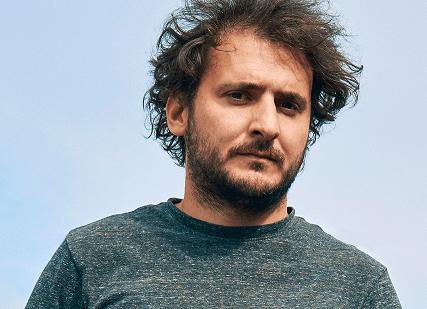
Neil Beloufa. Photo Courtesy Charlotte Krieger
Neïl Beloufa (born in 1985 in Paris, France) is a Franco-Algerian artist who lives and works in Paris. He was a student at the École Nationale Supérieure des Beaux-Arts and at the École Nationale Supérieure des Arts Décoratifs in Paris; At the California Institute of the Arts, Valencia (USA); At Cooper Union, New York and Fresnoy – National Contemporary Arts Studio, Tourcoing (France).
Q: Congratulations on being shortlisted for this year’s Abraaj Group Art Prize. What does this award mean to you and your career?
Helping an artist produce a project, at any stage of their practice, is the most important thing to do in the field of art. I am grateful and happy to be shortlisted.
Q: A unique aspect of your background is that between 2007 and 2010, you studied at several art schools in the US and France. How has your education contributed to your work today?
Schools are incredible platforms of production where one may access tools, so these were the moments I learned techniques and defined what I was most interested in. Going to schools in different countries offers ways of understanding art, regionality and relations in general.
Q: Your body of work consists of film and installation pieces. How did your interest in film begin?
I guess I was raised with films. My interest to make them came without my consent, meaning I was sure I didn’t want to make films and then it just happened.
Q: The content of your film works were once described as offering a “slippery line between fiction and reality.” How much do you like to experiment with such a complex yet visually stimulating theme?
I like to try things, systems, and I like not to know what I am doing is going will look like. Because if I knew, I wouldn’t need to do it. So using elements and techniques of different fields is the best way to put the film’s form at risk.
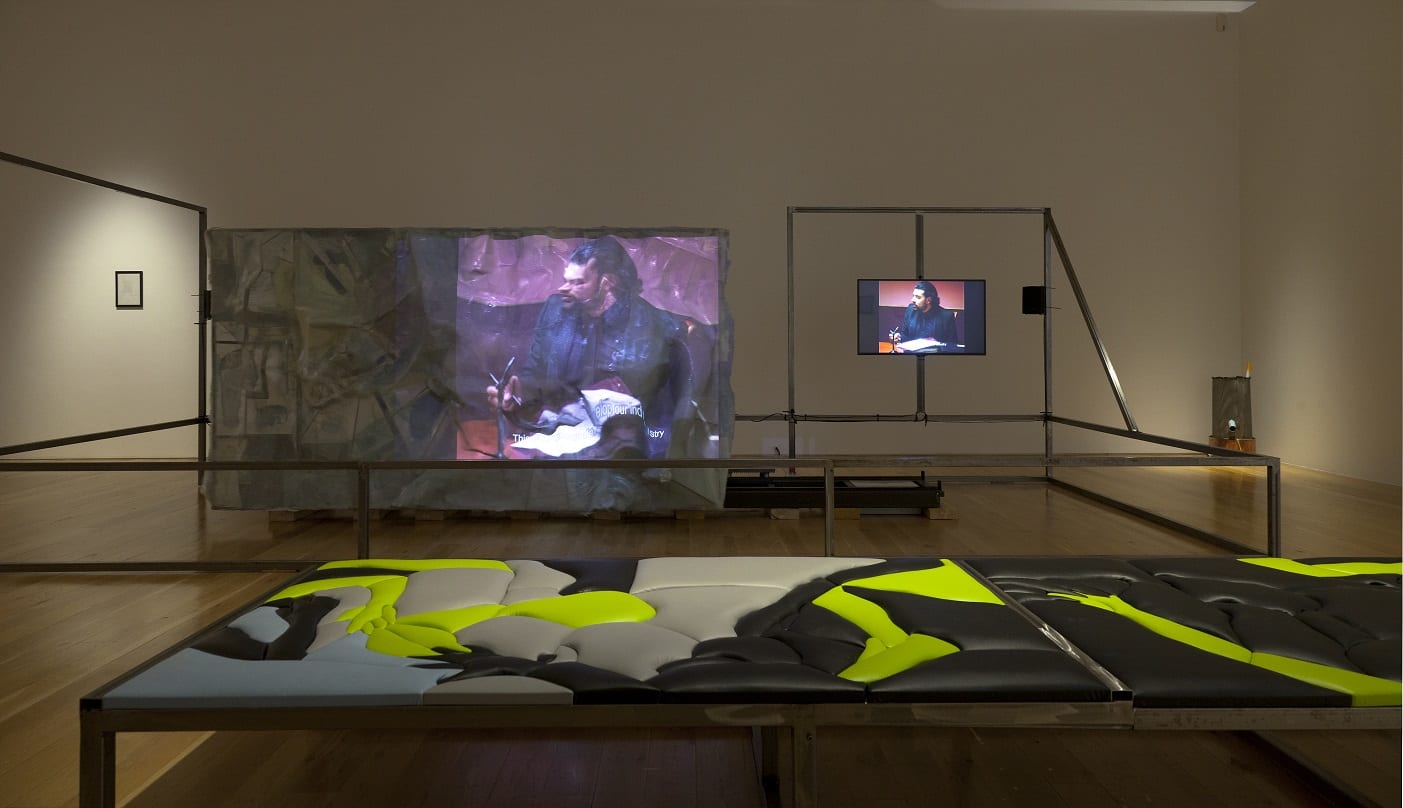
Neil Beloufa, Artes Mundi Prize, 2016. Photo Courtesy Jamie Woodley
Q: In some scenes of your films, where the characters are discussing major social/political topics, there is a deliberate visual element of staging. Is there a purpose behind this technique?
I guess I believe my role in society is to have critical distance from a system of representation . So I guess these strategies are my way to touch political or power representations without touching the politics or so-called reality themselves.
Q: In your 2013 project Production Value, you specifically focused on the red bandana and its symbolism amongst gangs and cowboys. Can you tell us how this idea came about for you?
The red bandana is just a “pretext” to the movie. I was interested in working with real people that characterise major figures of American representations and ideologies. I realised that this symbol would allow me to talk to cowboys, gang members, and hippies at the same time, so I used it.
What was also funny to me was that this symbol represents the singularity and rebellion of various communities while maintaining its globalism and is used by opposed communities. I like those kind of paradoxes.
Q: Subcultures in Africa and the US were one of the avenues you explored in your films. Was there perhaps a misconception about these communities that you wished to challenge or bring to light through your own work?
I’m mostly interested in mainstream cultures more than subcultures. What we see on TV, or how we talk about others. I often try to go back to what people have in common, meaning that they are human before becoming something else and I guess this is my main point.
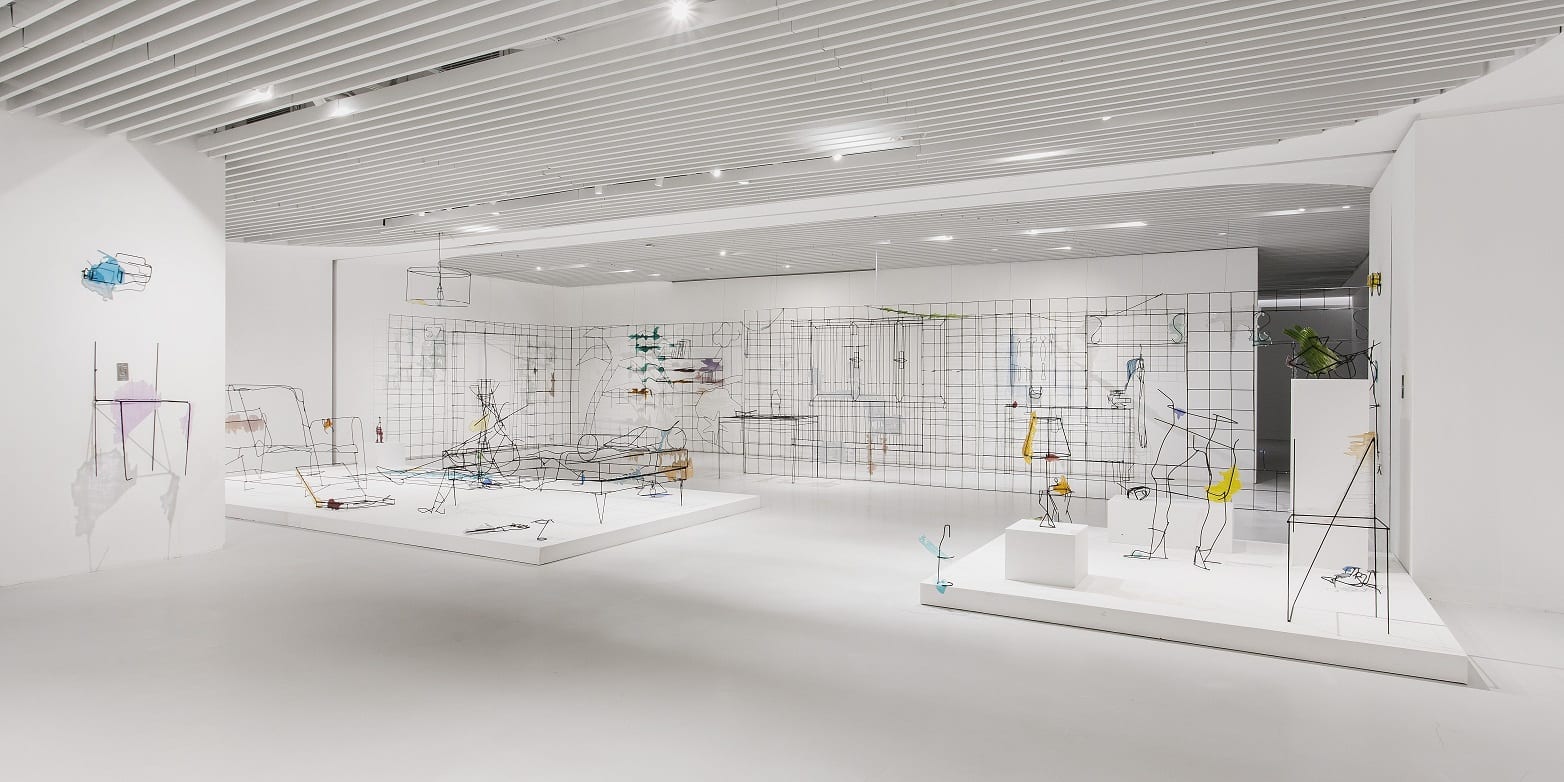
Neil Beloufa, Software, 2016.
Q: One of your more ambitious and recent installations is Life as Data. In a way, it makes a commentary about how people’s lives are deeply intertwined with technology today. What are your thoughts on this issue?
I am interested in systems of control and their perversion that make us defend control without saying it. In that film, I wanted to focus on surveillance, control versus love and youth, when in our world it doesn’t seem to be opposed.
Q: Finally, what are you personally looking forward to at the 2018 edition of Art Dubai?
I am really curious, I have never been there!




